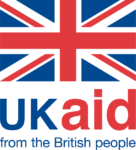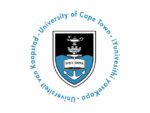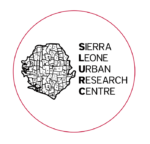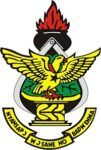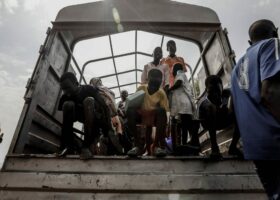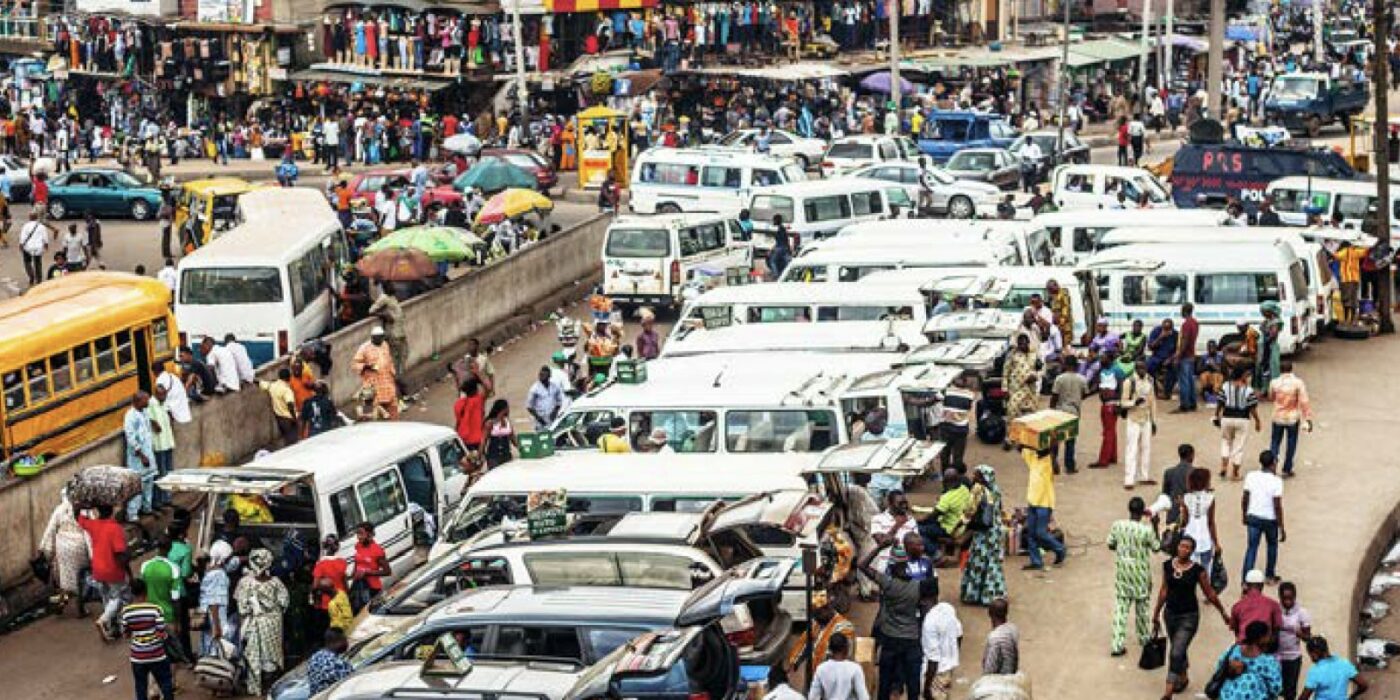
TRANSITIONS Routemap towards low carbon, affordable and safe mobility working with the Informal Public Transport (IPT) sector
Based on research undertaken in the case cities of Accra, Kumasi, Freetown, Cape Town & Maputo
Authors
Tim Durant (Vectos | part of SLR); Roger Behrens and Mark Zuidgeest (University of Cape Town); Marion Hoyez and Simon Saddier (Transitec); Herrie Schalekamp and Jeffrey Turner (independent consultants)
Contributors
JoaquÃn Romero de Tejada (Mozambique Mobility Observatory), Charles Adams and Kwame Kwakwa Osei (Kwame Nkrumah University of Science and Technology), Ansumana Tarawally and Joseph Macarthy (Sierra Leone Urban Research Centre), Mamaa Grant Monney (Transitec); Michael Johnson (independent consultant).
Acknowledgements
The TRANSITIONS consortium partners would like to express our gratitude to Brendan Finn (independent consultant) for his involvement, thoughtful contributions and peer review of outputs throughout the project.
TRANSITIONS
This research was funded by UKAID through the UK Foreign, Commonwealth & Development Office under the High Volume Transport Applied Research Programme, managed by DT Global.
The views expressed in this report do not necessarily reflect the UK government’s official policies.
Making the case for supporting IPT and future investment
Informal Public Transport (IPT)[1] has a fundamental role to play in providing sustainable, mass transit in the rapidly growing cities of Sub-Saharan Africa (SSA). A concerted effort is therefore required to understand how stakeholders can best work together to deliver a transition to low carbon, affordable and safe mobility services. Consider the following:
- There are an estimated 42,000 IPT minibuses, providing services along more than 1,800 known routes, within the metropolitan areas of the five TRANSITIONS case cities. The scale of the IPT sector across Africa is vast.
- Modal shares of IPT services are typically in the order of 50% or more, as they provide for the daily mobility needs of low and medium-income groups in particular.
- Where formal Public Transport schemes are implemented (Bus Rapid Transit projects have often experienced long delays), they will still serve only a fraction of the population, hence the role of IPT in substantial portions of a metropolitan area will remain for the foreseeable future.
- The population of Africa doubled to 1.3 billion during the period 1990 to 2020 and is projected to increase by a further 1.2 billion by 2050. What happens in urban transport in African cities over the next two decades will therefore be a key determinant of global climate change outcomes.
While IPT provides beneficial transport services, it is acknowledged that there are major problems to be overcome in order that the greatest opportunities can be realised:
- In the majority of countries, IPT operators rely on imported mini- and midi-buses, many of which are ‘end of life’ vans that are then converted for passenger use. TRANSITIONS found that emissions tend to be (at least) double that of EU targets for the period 2020-2024, with fuel consumption also double or triple the amounts in manufacturer’s specifications. The implications for local air pollution and carbon emissions are clear.
- Despite being ‘relatively’ affordable, IPT services are unsubsidised and subject to the global pressures of fuel price increases, hence dissatisfaction with fare levels was found to be common (around one third to a half of passengers surveyed in four case cities).
- IPT drivers do not generally benefit from fixed salaries or social insurance packages. The ‘target’ and commission-based payment systems, which typically apply, incentivise competition for passengers on the road and result in dangerous driving behaviour.
[1] While there are many forms of ‘informal transport’, such as motor-cycle and three-wheeler taxis, the focus of TRANSITIONS has been on services that are typically provided by midi- and mini-buses and occasionally by sedan vehicles. These larger vehicles are generally shared by multiple passengers along set routes and are, therefore, more similar to formal PT than informal taxi services where the passenger dictates the destination.
Introducing the Routemap and city comparative analysis
The TRANSITIONS project set itself the dual challenge of: seeking to better understand the IPT sector; and to present a Routemap for how public authorities in SSA, IPT unions and associations, and the international community can work together towards improvements. The TRANISTIONS Routemap guidance document and website bring together the findings from a literature review, stakeholder interviews, passenger opinion surveys and vehicle fuel consumption surveys, in order to present the following:
- A proposed ‘route’ towards improved IPT services, comprising a sequence of stages that could provide the basis for a smaller pilot project or larger, cost-effective programme for affordable, collective mobility.
- A series of self-appraisal questions, that will assist practitioners in understanding the current situation in their city and degree of preparedness to move forward through the steps of the Routemap.
- Provision of a background knowledge and a learning environment on key themes and actions that can be taken in relation to IPT, combined with comparative analysis of the situation in the TRANSITIONS case cities: Accra, Cape Town, Freetown, Kumasi and Maputo.
The central arrow or spine of the Routemap Key Diagram shows the main steps of an approach to working collaboratively with the IPT sector:

This sequence of Route Markers are, in essence, about getting the basics right, and while on the surface may seem simplistic, below we explain why each is so important. The Route Markers are arranged in a logical sequence, with emphasis first on actions where a public authority could take the lead, followed by those where the IPT industry also take on greater responsibilities.
Route Marker 1 — Objectives & Plans: What objectives and plans have been agreed by the IPT industry and public authorities?
It is evident from the TRANSITIONS research that there are numerous potential causes of mistrust between public authorities and the IPT sector, which can result in public authorities seeking to remove and replace IPT. In order to counter this, there is a need for public authorities to recognise the value and benefits the IPT sector delivers and potential for cost-effective improvements. For the IPT sector itself there is an opportunity to benefit from better infrastructure and vehicle investment opportunities, as a result of engaging positively with public authorities. Reaching agreement on joint objectives for the future role of IPT will be an important first step.
Route Marker 2 – Regulation: Do we have core aspects of IPT regulation and enforcement in place?
IPT is typically subject to different forms of quantity (route licensing) and quality (driver licensing and vehicle inspections) regulation, although the adequacy of enforcement can vary substantially. Establishing route (and in some instances area) licensing and enforcing this well is viewed as a fundamental element of a well-functioning system, whether a public authority intends to undertake a smaller scale pilot project or introduce new formal public transport services on specific corridors. As the experience from Accra and Kumasi suggests, inadequate enforcement of regulation results in illegal operations and oversupply of IPT on popular routes. All of this means that the operational and business model of established IPT associations and unions is badly undermined.
Route Marker 3 – Infrastructure: What basic infrastructure improvements would deliver the greatest benefits for IPT?
IPT operators and passengers have to contend with issues of substandard infrastructure on a daily basis. Relatively basic improvement measures within the competence of highways and traffic authorities, include: Ensuring adequate road surfacing – Poor road surfaces reduce vehicle speeds, fuel efficiency and lifespan, as well as causing discomfort to passengers. Providing space for and basic services at terminals — Where terminals/stations have established sites, then provision of appropriate surfaces, shelter, lighting, seating and toilets can be undertaken. In many cases, then terminals occupy areas at and around highway junctions, in which case designated space could be planned and provided. Preventing flooding and designing for sustainable drainage — Regular maintenance and desilting of drains is required to avoid needless flooding.
Route Marker 4 – IPT Business Development: How can the business case and professionalisation of the IPT industry be supported?
The IPT industry tends to be organised in Unions and/or Route Associations that operate from specific terminals. Unions and ‘businesses’ are not the same and this can complicate the situation when we consider means to encourage professionalisation within the sector. IPT operators, who carry the primary financial risk as businesses, are typically the individual drivers who pay rent to a ‘passive’ vehicle owner. There is potential for the role of unions and associations to evolve over time, and for representatives to benefit from administration and business education and to coordinate training activities for vehicle crews. Proposing a large and fast ‘leap’ for unions and associations to become formal public transport operators (as sometimes promoted by major projects) may result in strained relationships between IPT industry stakeholders.
Route Marker 5 – Fleet maintenance and driver training: What can we do to achieve our objectives in the short-term, with existing vehicles?
Reductions in Greenhouse Gas (GHG) emissions, as well as locally harmful air pollutants, can be achieved through a combination of measures, including better operational efficiency (e.g. reduced congestion and idling at terminals), improved driving practices, better road conditions, and through improving the fuel efficiency of vehicles. Good practice from a climate protection perspective also makes good business sense. Fuel is invariably the single largest cost item in public transport in developing/emerging economies, accounting for as much as half of the total cost.
TRANSITIONS presents a pragmatic fleet progression with three main stages: 1. Improvements to the existing fleet in the short-term, helping to in-still good maintenance practices, leading later to; 2. Vehicle replacement and renewal in the medium term, with improved efficiency, emissions controls and safety technologies; and 3. Vehicle renewal involving alternative energy sources.
Route Marker 6 – Passenger information & services: What are the priority improvements that can be made for passengers?
It is often necessary for the residents of large and rapidly expanding African metropoles to make long, multi-stage journeys to reach their destinations. Improvements to basic infrastructure and the condition of vehicles are high on passenger’s priority lists (Route Markers 3 and 5), but further important opportunities relate to: Firstly, the provision of information for journey planning, which can involve application of digital mapping of the route network and delivery of journey planning websites and apps. This may evolve to include provision of efficient on-demand ride-pooling services for passengers. And secondly, providing a welcoming and safe environment for all passengers, including meeting the needs of the mobility impaired (disabled), and proactively addressing issues of sexual harassment. Sexual harassment is a proven problem in relation to all forms of collective transport (this is not limited to IPT and SSA) and can have a major impact on the travel decisions of women, and therefore life decisions (such as education and employment options).
Route Marker 7 – Transfer & upscaling: What are the next stages working with IPT?
The TRANSITIONS Routemap sets out a proposed approach to foster cooperation between public authorities and IPT stakeholders. The stages could be envisaged as a relatively small-scale pilot working with specific unions or associations, with potential for transfer and upscaling to other parts of the city in the future in order to achieve more widespread benefits.
Conclusions: Promoting a transition in IPT
During the course of the TRANSITIONS project it has become apparent that there this is increasing recognition of the vital role that IPT plays in metropolitan areas across SSA, and a growth in momentum amongst the international community to find ways to work with the sector to provide low carbon, affordable and safe mobility. The research team has sought to contribute to this agenda, bringing together multiple sources of information in the TRANSITIONS Routemap and Cross-City Comparison report and website, providing a collective resource and learning environment that can be further developed in the future (see the Routemap Key Diagram below).
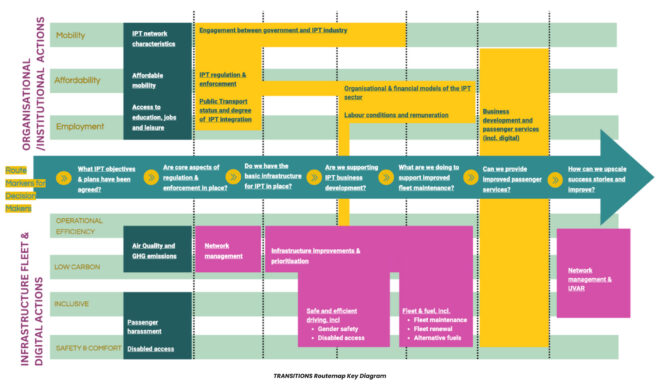
While projects that have involved working proactively with the IPT sector are limited, there are neverthless valuable examples to learn from. These include measures such as: the digital mapping of networks in Accra and Nairobi, Minibus-taxi lanes and trials of hybridity regulation in Cape Town; the fleet renewal schemes undertaken in Dakar and Cape Town; as well as reorganisation and professionalisation of IPT associations as SACCOs in Kenya. These case studies highlight that the desire to work proactively with the sector is far from new, and further long-term studies of the evolution and results of these initiatives would be beneficial.
During the work on the Routemap, project partners have identified matters that will require further research and development of solutions, including:
- Reviewing the organisational role and structure of unions, associations and cooperatives, taking into account their current competencies and potential to deliver training and support business development.
- Professionalisation of the IPT sector will involve looking again at business cases with stakeholders, and examining to what extent fuel efficiency and operational efficiency can increase profitability.
- Basic information such as the sheer number of vehicles involved in IPT operations are currently lacking, and this would help strengthen the overall case for investment to achieve reductions in GHG emissions and local pollution.
- A further challenge arising relates to how supply and demand on IPT routes can be better managed, while also seeking to ensure that appropriate service levels can be provided in less profitable off-peak periods. This matter also calls into question whether financial support (subsidies) for the IPT sector could be possible.
Workshops undertaken in Accra and Cape Town during the TRANSITIONS project revealed a strong appetite amongst public authority and IPT representatives for international exchange and further learning, in order that these and other outstanding questions can be answered, and so that the opportunities presented by improvements to existing mobility service providers can be realised.
Project Partners
Publications with the same themes
Publications with the same study countries
Related news & events
Blog
Blog
Blog


